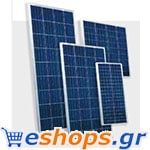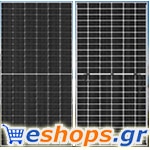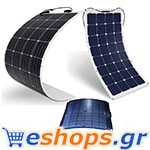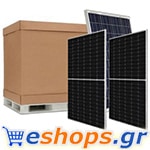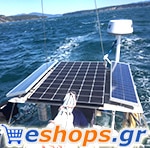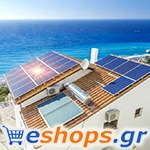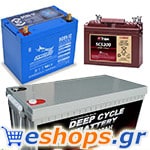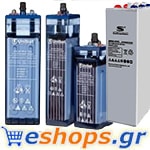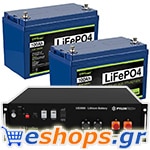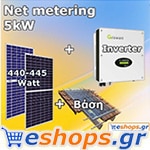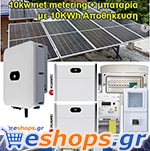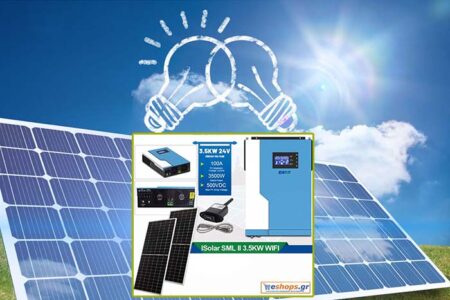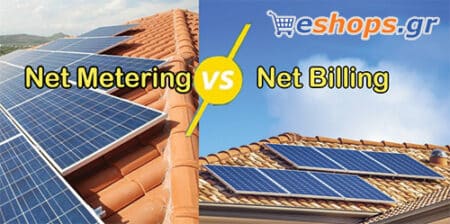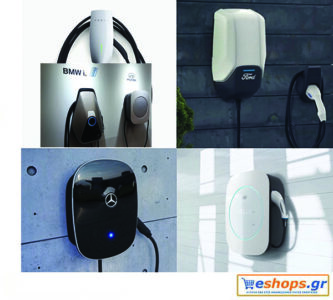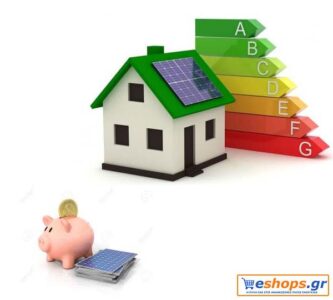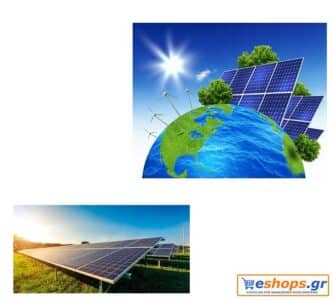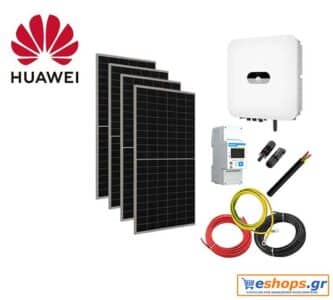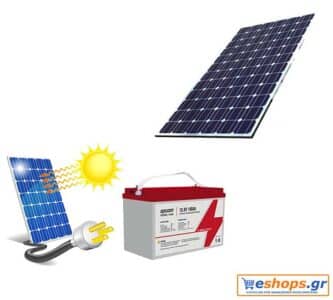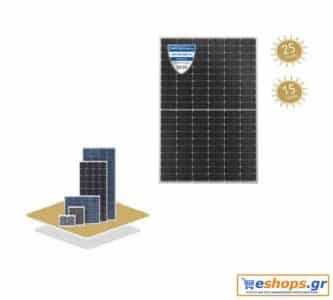Cadmium-free kesterite solar cell with 9,7% efficiency
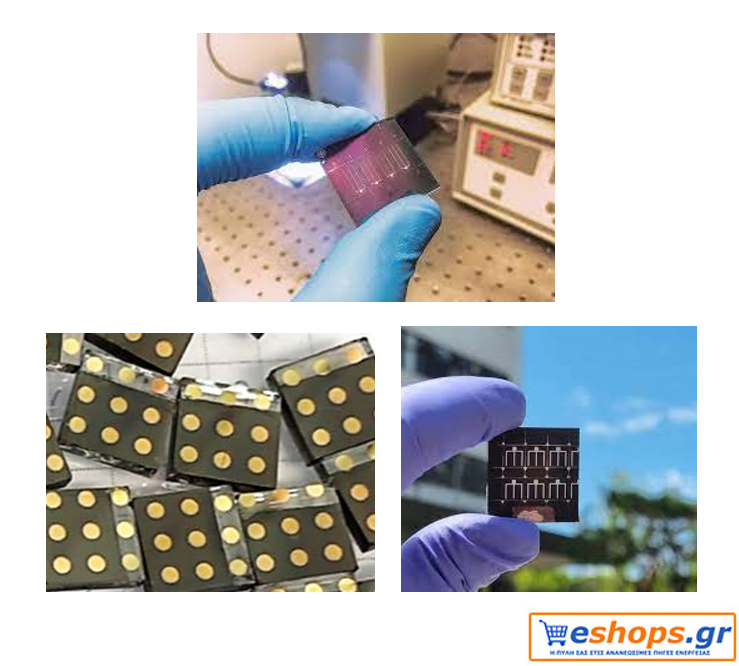
solar cell, kesterite, photovoltaics, new technology
Researchers in China have developed a kesterite solar cell that they say has improved performance and stability. The device managed to retain about 90% of its original efficiency after 100 days without encapsulation.
Scientists from the Barcelona Institute of Science and Technology in Spain have developed a cadmium-free kesterite overlayer solar cell with a new approach to silver (Ag) purification.
"Kesteritis is one photovoltaic material consisting of earth-abundant, non-toxic elements," said the author of the research, Gerasimos Konstantatos. “However, a technological bottleneck stemming from a material shortage, unstable interface, and toxic cadmium sulfide (CdS) buffer layer must be overcome. In our work, we used an ultra-thin 200 nm cadmium-free buffer layer made of titanium oxide (TiO 2 ), inverted device stacks and, most importantly, silver refining. This refining step is beneficial for the controlled promotion of grain growth and the improvement of vehicle transport.'
The researchers fabricated the solar cell with a kesterite substrate known as CAZTS, a tin oxide (FTO) substrate, an electron transport layer (ETL) based on titanium oxide (TiO 2 ) and a film of PTB7 polymer, molybdenum trioxide ( MoO 3) and gold (Au). "The purification of the Ag in the absorber took place during the fabrication of the membrane, where an additional layer of copper-free solution was coated," they explained.
The research team tested the cell under typical lighting conditions and found that it achieved a power conversion efficiency of 9,7%, which it described as a new record for this type of device. The solar cell was also able to maintain about 90% efficiency after 100 days without encapsulation. The academics said silver refining resulted in doubled average grain sizes, expanded depleted area width and improved transport kinetics, which in turn was responsible for increasing the open circuit voltage and fill factor of the cell.
"The Estonian company Crystalsol Inc. newly manufactured flexible, light, transparent and low cost solar panels", said Constantatos. “According to his report, the production cost of a unit of kesterite is about $0,35/W. Since kesterite consists only of earth-abundant elements, it has no fundamental scale limit up to terawatts, instead of the scarcity of indium and gallium in copper, indium, gallium, and selenium (CIGS) thin-film solar cells. Furthermore, given that the current efficiency of the kesterite unit is around 10%, compared to around 20% for CIGS, further cost reduction can be achieved with improved efficiency and mass production.”
They presented the device in the paper "Ag-Refined Kesterite in Superstrate Solar Cell Configuration with 9,7% Power Conversion Efficiency," published in Advanced Functional Materials. In this study, we introduced silver which is quite an expensive element, but with an ultra-thin absorber which is about 10 times thinner than the conventional kesterite film, so the resulting cost for the material remained the same, which maintains the low cost advantage of the virgin kesterite."
